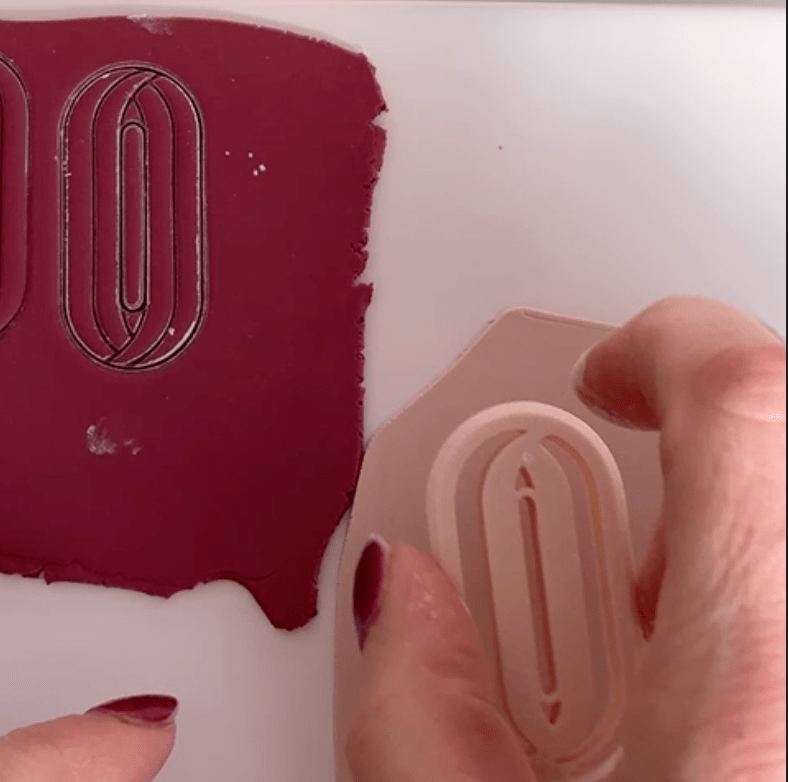
What is polymer clay and how do you use it? - The ultimate guide
Delen
What is polymer clay?
Polymer clay, popular for making jewelry and decorations, is a synthetic clay based on polyvinyl chloride (PVC) that remains soft and pliable until baked in a household oven. After baking, the clay becomes hard and durable, making it ideal for creating jewelry, decorations, and sculptures. It's available in various brands such as Sculpey Premo , Sculpey Soufflé, and Cernit , each with unique properties. This article will tell you more about the differences between these types of clay.
What materials do you need for polymer clay?
To get started with polymer clay, you'll need a few essential materials:
- Polymer clay – Choose a brand that suits your project. For example, check out the Sculpey Premo clay collection.
- Work surface – A smooth, non-porous surface such as glass or ceramic prevents the clay from sticking.
- Acrylic roller or pasta machine – For evenly rolling out the clay.
- Knives and cutting tools – For shaping and cutting out your designs.
- Cutters and texture tools – To create unique shapes and patterns. Check out the latest clay cutters .
- Oven – For baking your creations.
Basic steps for working with polymer clay
- Conditioning – Knead the clay well to make it pliable and prevent air bubbles.
- Shaping and cutting – Use cutters or manual techniques to create your desired shape.
- Baking – Bake the clay according to the manufacturer's instructions (usually around 110-130°C). For best results, bake for at least 60 minutes at a stable temperature to prevent burning.
- Finishing – After baking, you can sand, polish and, if desired, finish your creations with a varnish or resin for extra protection and shine.
Common Mistakes and How to Avoid Them
- Clay that cracks after firing → Make sure you condition the clay properly and let it cool slowly in the oven.
- Air bubbles in the clay → Knead the clay thoroughly and use a roller to remove air pockets.
- Burnt or discolored clay → Use an oven thermometer to ensure the temperature isn't too high.
Useful tips for beginners
- Work in a clean environment – Polymer clay attracts dust and dirt, so wash your hands and use a clean surface.
- Experiment with colors – Mix different colors for unique effects.
- Use the right adhesive – If you want to glue parts together after baking, use a strong adhesive such as E6000.
Polymer clay is a fantastic material for both beginners and experienced crafters. By mastering the basics and experimenting a lot, you can create unique and beautiful creations! Happy crafting! 🎨
